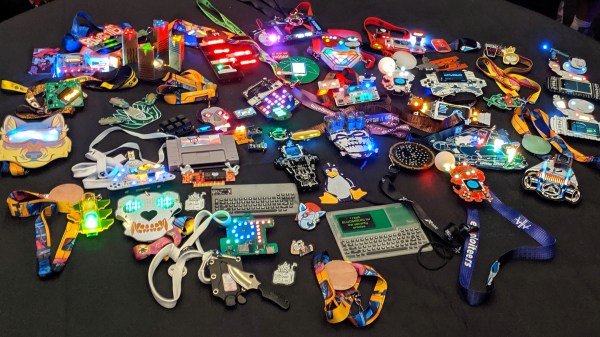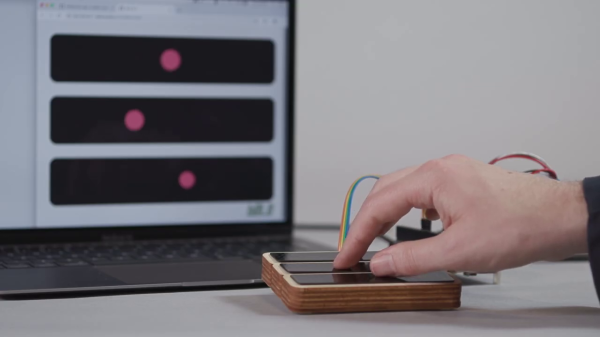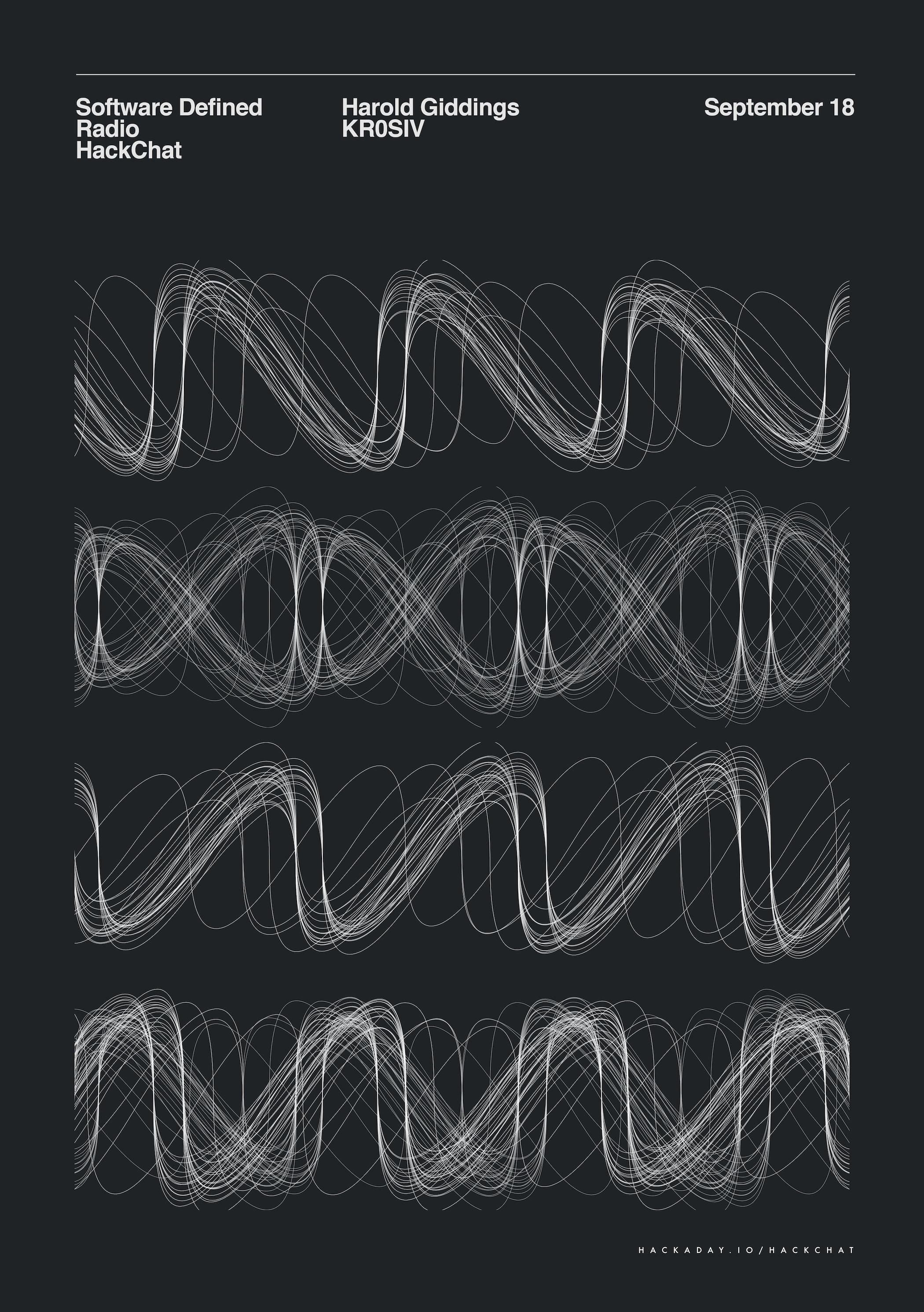Hackaday Editors Elliot Williams and Mike Szczys work their way through a fantastic week of hacks. From a rideable tank tread to spoofing radio time servers and from tune-playing vacuum cleaners to an epic camera motion control system, there’s a lot to get caught up on. Plus, Elliot describes frequency counting while Mike’s head spins, and we geek out on satellite optics, transistor-based Pong, and Jonathan Bennett’s weekly security articles.
Take a look at the links below if you want to follow along, and as always tell us what you think about this episode in the comments!
Take a look at the links below if you want to follow along, and as always, tell us what you think about this episode in the comments!
Direct download (60 MB or so.)



















